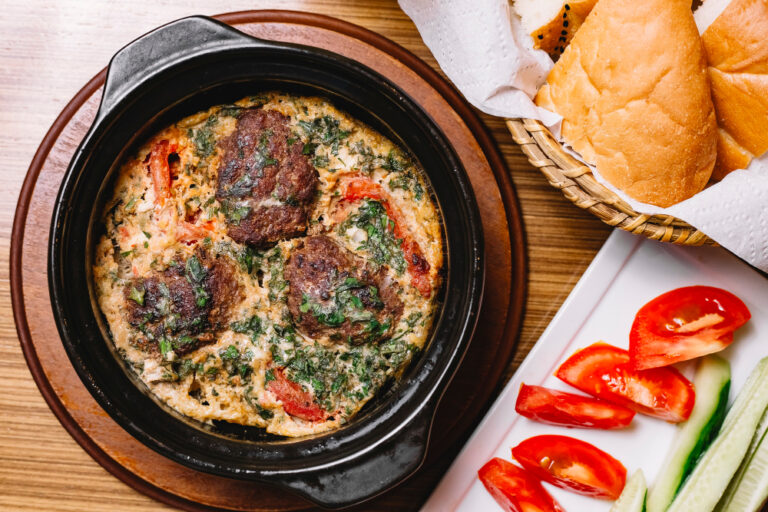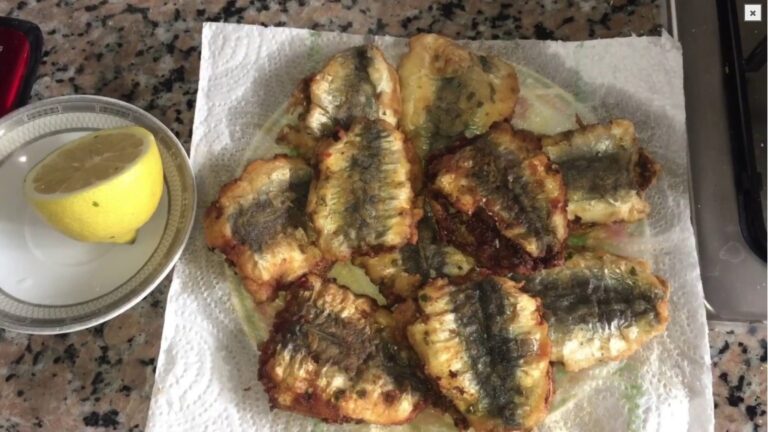
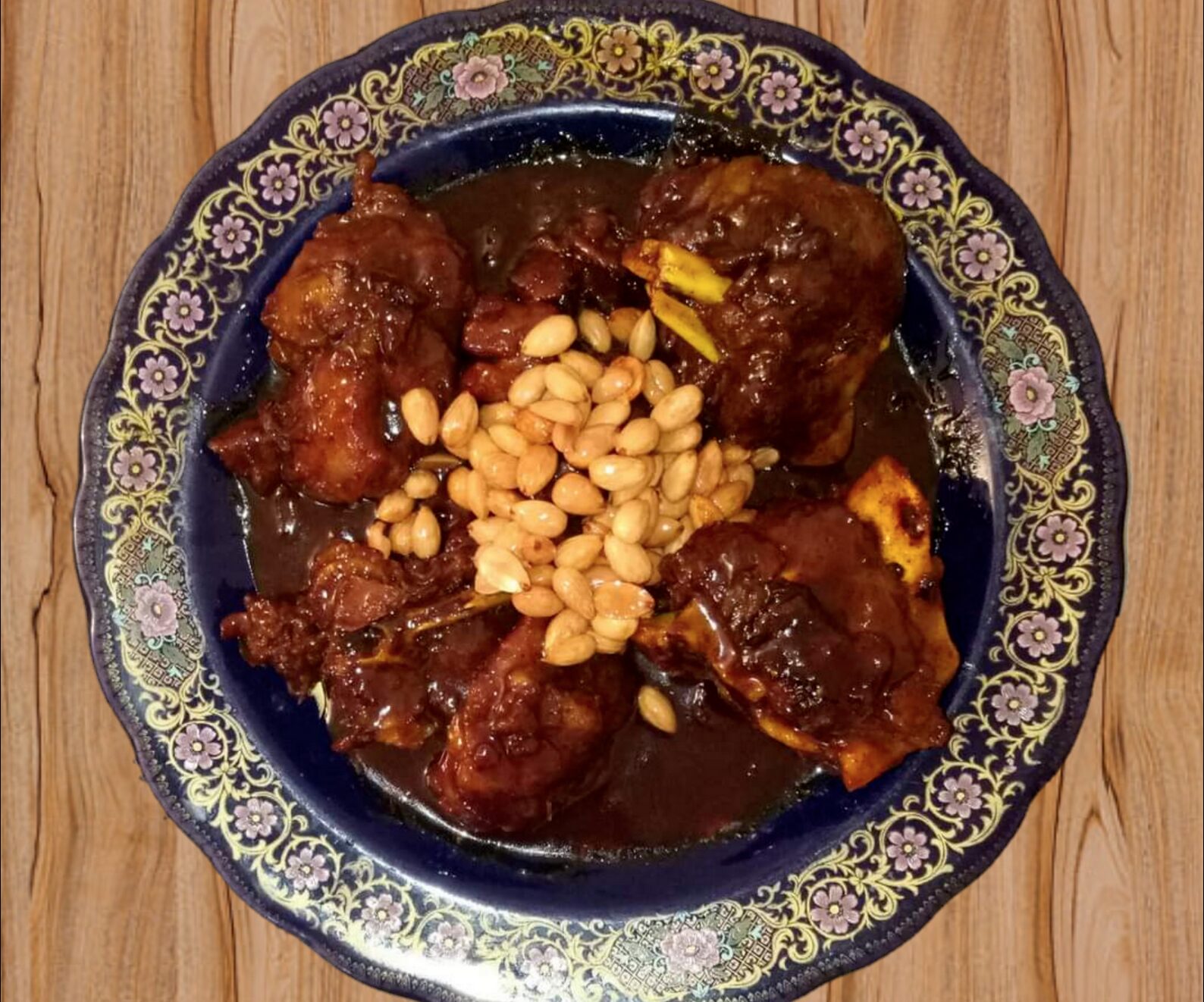
When travelers think of Morocco, they often imagine bustling souks, vibrant cities like Marrakech, and the endless dunes of the Sahara. But beyond the landscapes and architecture lies another treasure: Moroccan cuisine. Among its many culinary gems, Mrouzia: Moroccan Lamb Stew with Raisins, Almonds, and Honey stands out as a dish deeply connected to history, tradition, and celebration. This sweet and savory stew is not only delicious but also symbolic of Moroccan hospitality and festivity, making it a must-try for anyone exploring Morocco’s cultural heritage.
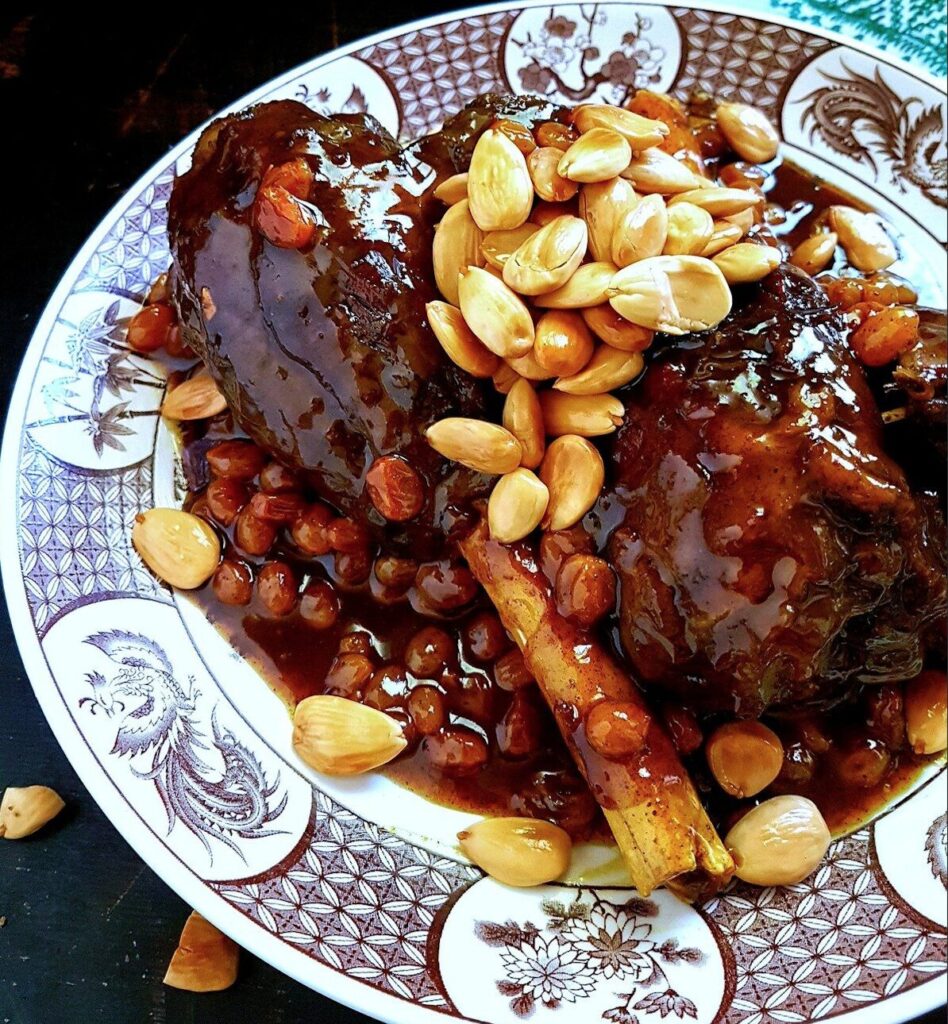
What Is Mrouzia? An Overview
Mrouzia is one of Morocco’s most iconic dishes, prepared traditionally during Eid al-Adha, also known as the Feast of Sacrifice. After the ritual lamb sacrifice, families transform part of the meat into this rich stew. It’s a dish that beautifully combines tender lamb with warm spices such as saffron, cinnamon, and ras el hanout, along with the sweetness of raisins and honey, balanced by the crunch of roasted almonds.
The result is a complex flavor profile that represents the Moroccan love for blending sweet and savory. Unlike everyday tagines, Mrouzia is considered a festive specialty—something cooked slowly with patience, love, and intention. For many Moroccan families, preparing Mrouzia is more than just cooking; it’s an act of tradition passed down from generation to generation.
The Rich Flavors of Mrouzia: Why You Must Try It
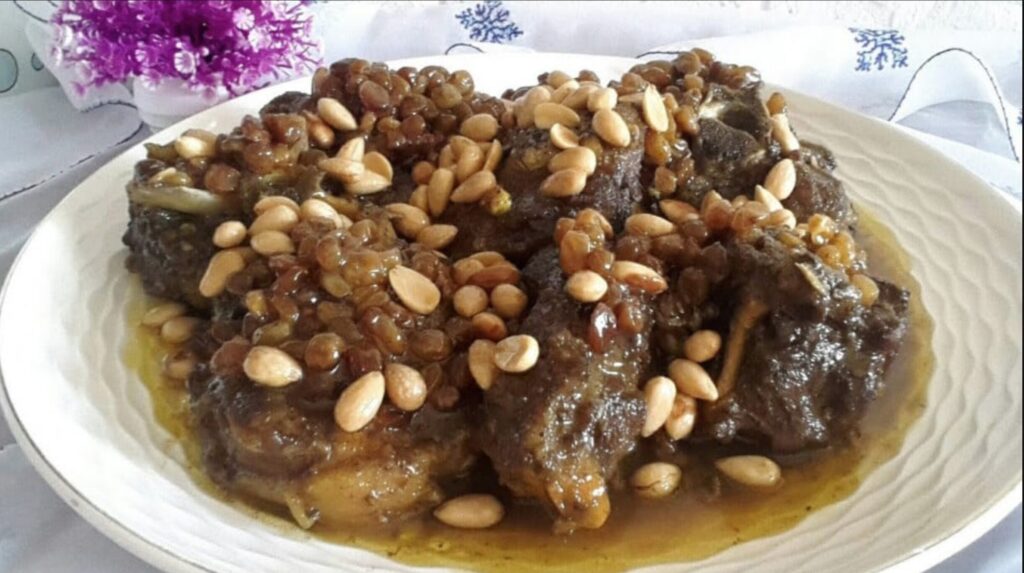
The Ingredients that Define Mrouzia
At its heart, Mrouzia: Moroccan Lamb Stew with Raisins, Almonds, and Honey reflects Morocco’s culinary diversity. The key ingredients include:
- Lamb – the star of the dish, slow-cooked until tender.
- Ras el Hanout – a spice blend of up to 30 spices, unique to Moroccan cuisine.
- Saffron – prized for its golden hue and subtle floral aroma.
- Honey and Raisins – bringing natural sweetness.
- Almonds – toasted for crunch and nutty balance.
The combination of these flavors captures Morocco’s role as a historic crossroad of cultures and trade routes.
A Taste of History
Food historians suggest that Mrouzia’s roots go back to the medieval period when sweet and savory pairings were popular in North African and Andalusian cuisine. Its enduring presence today reflects Morocco’s ability to preserve its traditions while delighting modern palates.
Where to Experience Mrouzia in Morocco
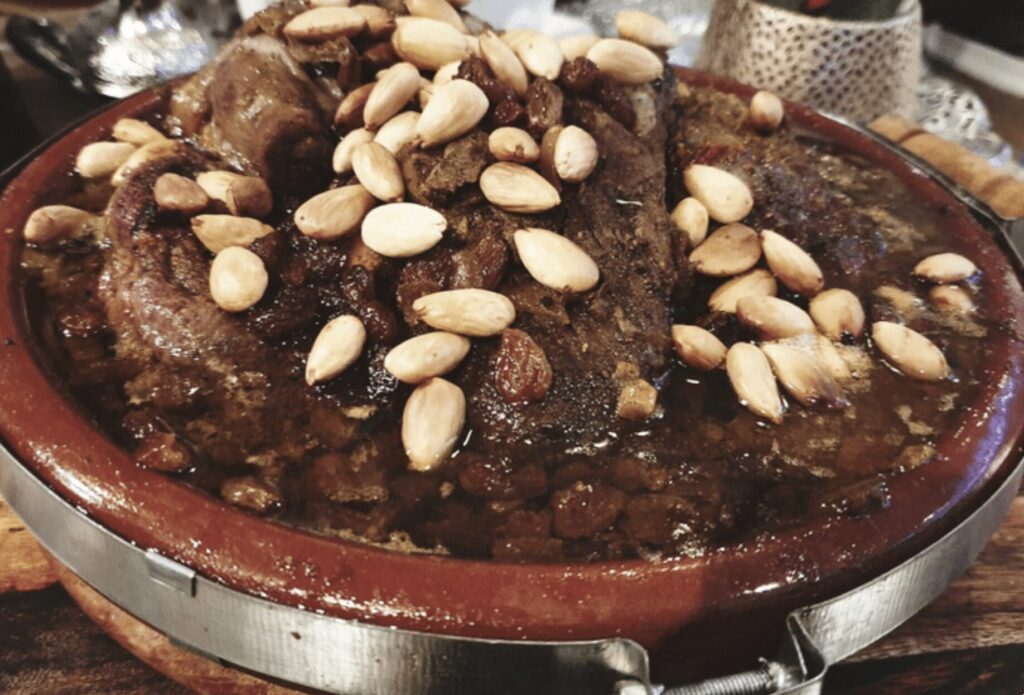
If you’re traveling across Morocco, you’ll likely encounter regional variations of Mrouzia:
- Marrakech: Famous for its aromatic and spice-heavy version.
- Fez: Known for its slightly sweeter take with extra raisins and honey.
- Casablanca: Where modern chefs might experiment with presentation while keeping traditional flavors.
In many Moroccan households, Mrouzia is prepared only once or twice a year, which makes it extra special. However, travelers can often find it in traditional restaurants, particularly during or after Eid celebrations.
Cultural Insights and Travel Tips
The Role of Mrouzia in Moroccan Hospitality
In Moroccan culture, food is more than sustenance—it’s an invitation to connect. Offering Mrouzia to guests is a way of sharing not only a meal but also a piece of Moroccan identity.
If you are fortunate enough to be invited into a Moroccan home during Eid, experiencing Mrouzia will be unforgettable. The dish is usually served in a communal platter, where family and friends gather to share and celebrate.
Practical Tips for Travelers
- Best Time to Try Mrouzia: Right after Eid al-Adha (dates change yearly according to the Islamic lunar calendar).
- Where to Eat: Traditional restaurants in Marrakech, Fez, or even smaller towns like Azilal often serve Mrouzia on special occasions.
- Pairings: Try it with freshly baked Moroccan bread (khobz) and mint tea for an authentic experience.
A Traveler’s Story: Discovering Mrouzia in Fez
On a visit to Fez, one traveler recounted being invited into a local family’s home during Eid. At the center of the table was a steaming platter of Mrouzia. The traveler was struck not only by the dish’s incredible flavors but also by the way the family shared it, with laughter, stories, and warm hospitality.
This story is a reminder that food in Morocco is more than taste—it is community, connection, and memory.
Seasonal Insights: The Future of Mrouzia in Moroccan Cuisine
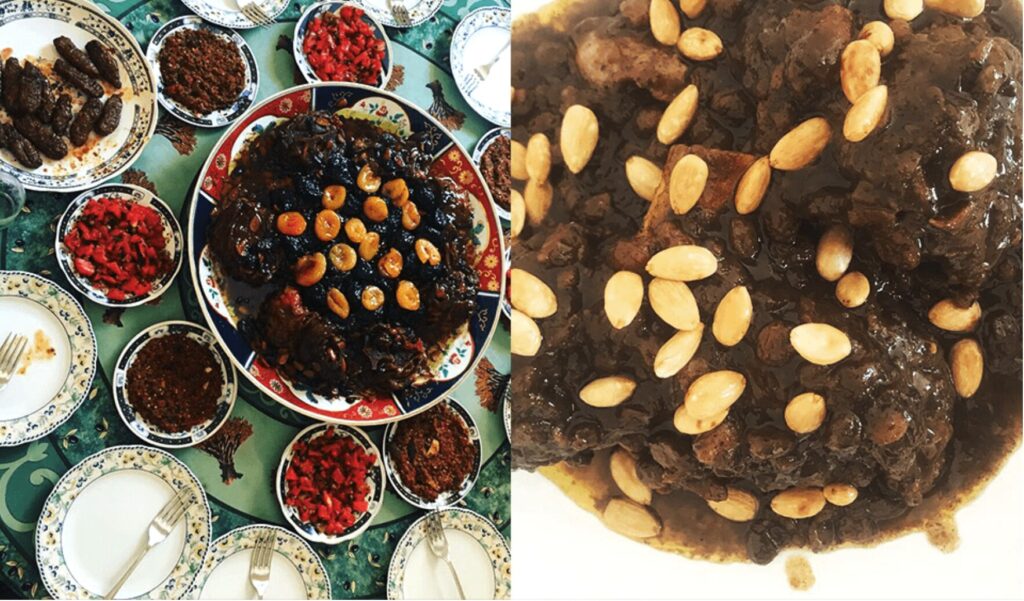
As Morocco evolves, chefs are finding new ways to present traditional dishes. Some modern restaurants now prepare smaller, individual servings of Mrouzia or add creative twists like dried apricots or figs. However, the essence remains the same: a dish deeply tied to Morocco’s culinary heritage.
For travelers, this means that Mrouzia is no longer limited to Eid but can increasingly be found year-round in restaurants that celebrate Moroccan gastronomy.
FAQ About Mrouzia
What is Mrouzia?
Mrouzia is a traditional Moroccan lamb stew prepared with raisins, almonds, honey, and aromatic spices. It’s especially popular during Eid al-Adha.
Is Mrouzia always sweet?
Yes, Mrouzia has a sweet profile thanks to honey and raisins, but the spices and lamb balance it with savory depth.
Can vegetarians try a version of Mrouzia?
Some modern chefs create vegetarian adaptations using root vegetables, dried fruits, and nuts, though the authentic version always includes lamb.
Where can I eat authentic Mrouzia in Morocco?
You’ll find the best versions in traditional family settings, but restaurants in Marrakech, Fez, and Casablanca also serve it, especially around Eid.
What makes Mrouzia different from other Moroccan tagines?
While tagines are versatile and prepared daily, Mrouzia is a festive dish, reserved for special occasions, with a distinctive sweet-and-savory balance.
Conclusion
Mrouzia is more than just a meal—it’s a story of tradition, family, and Moroccan hospitality. When you try Mrouzia: Moroccan Lamb Stew with Raisins, Almonds, and Honey, you’re tasting centuries of history and culture in one dish. Whether you enjoy it at a family table in Fez or in a restaurant in Marrakech, this festive delicacy promises to be one of the highlights of your Moroccan journey.
So, if you’re planning a trip, make sure to add Mrouzia to your culinary bucket list—you won’t regret it.

